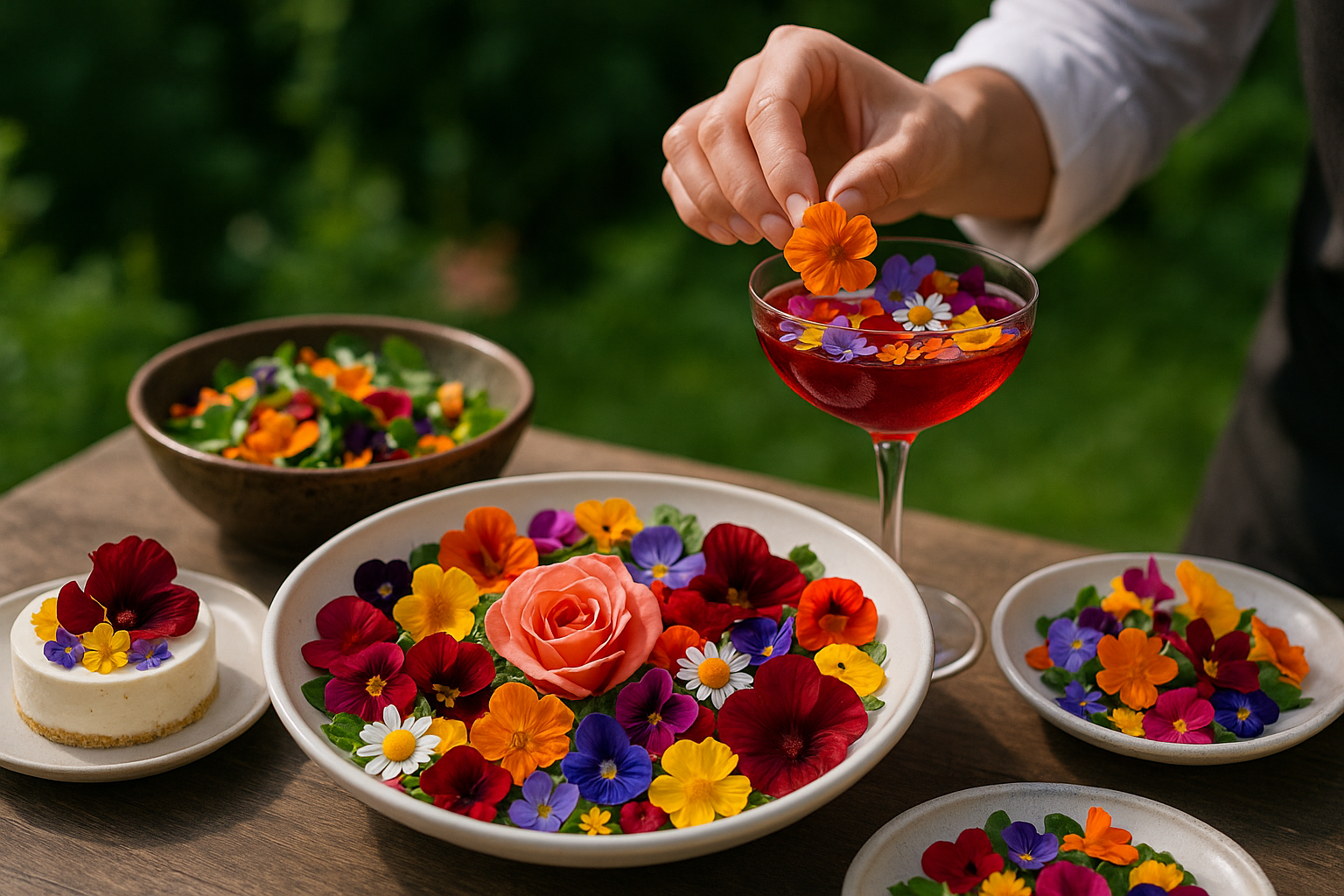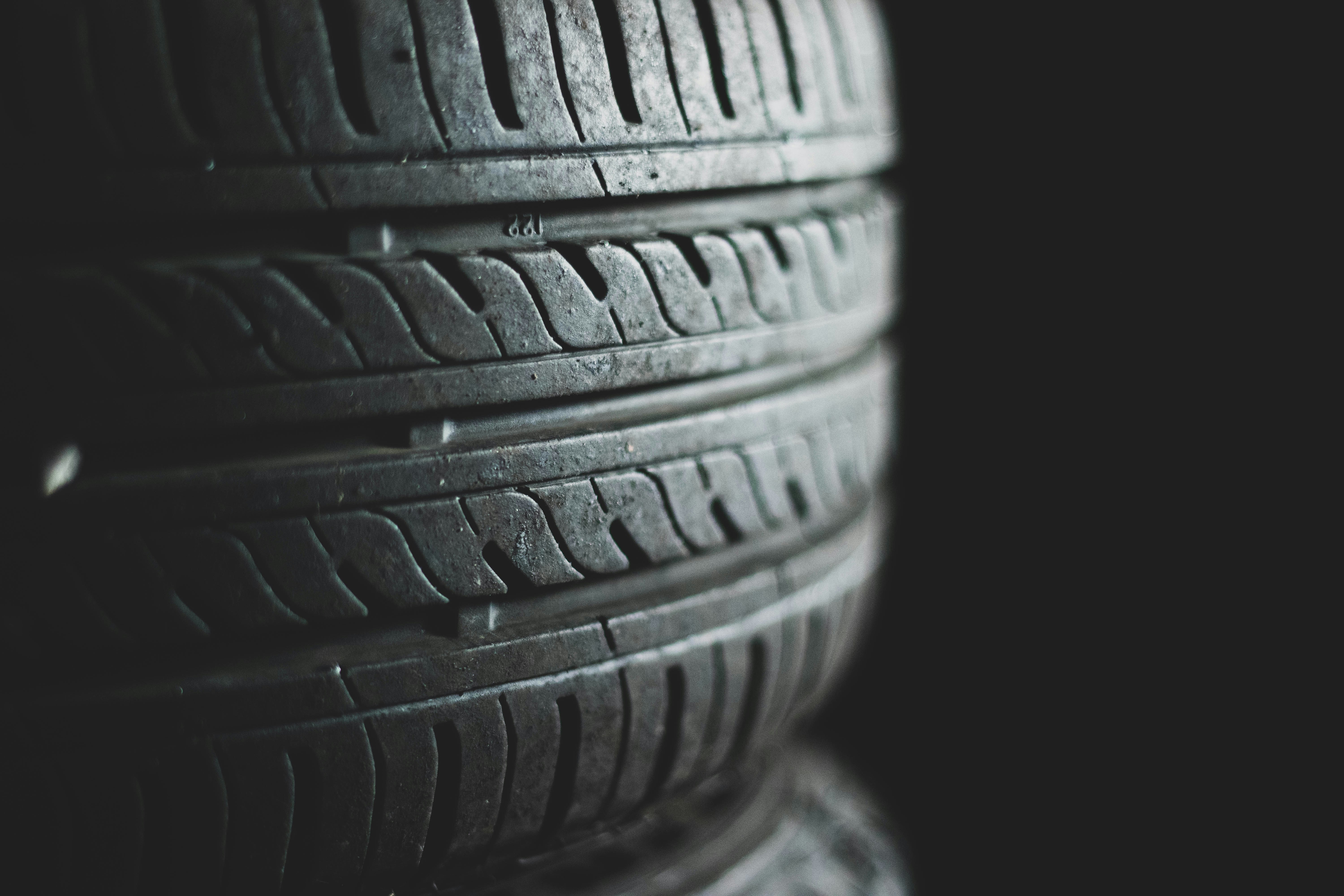Experience the Magic of Edible Flowers: A Colorful Culinary Adventure
From the enchanted gardens of the culinary world, comes a trend that's not only aesthetically pleasing but also offers a unique blend of flavors and health benefits. Edible flowers, a concept that's as old as time, is sprouting up in dishes and drinks all over the globe, adding a burst of color and a whimsical touch to your plate.

Blooming Good: The Aesthetic Appeal
One of the key reasons for the popularity of edible flowers is their stunning visual appeal. Their vibrant colors and delicate shapes can transform an ordinary dish into a work of art. Whether they’re sprinkled on salads, garnishing cocktails, or adorning desserts, edible flowers offer a feast for the eyes before tantalizing the taste buds.
A Spectrum of Flavors
Edible flowers introduce an exciting spectrum of flavors to your palate. From the sweet and fragrant notes of roses and violets to the peppery kick of nasturtiums and the refreshing crunch of marigolds, each flower brings a unique taste to the table. This wide range of flavors offers endless possibilities for culinary creativity, giving chefs and home cooks alike a chance to experiment and innovate.
Health Benefits in Bloom
Beyond their beauty and flavor, edible flowers are packed with nutritional value. Many of these blossoms are rich in vitamins A and C, and they often contain antioxidants that can help fight inflammation. For instance, calendula and chamomile flowers have been used for centuries for their healing properties, while the hibiscus flower is known for its high vitamin C content and potential to lower blood pressure.
Cultivating the Trend: Growing Your Own Edible Flowers
One of the best things about this trend is that you can cultivate it right in your own backyard. Growing your own edible flowers not only ensures that they’re fresh and free from harmful pesticides, but it also allows you to have a continuous supply of these colorful garnishes. From nasturtiums and marigolds to pansies and violets, there’s a bloom for every season.
Edible Flowers: A Word of Caution
While edible flowers can add a vibrant touch to your dishes, it’s important to remember not all flowers are safe to eat. Always ensure that the flowers you’re using are indeed edible and haven’t been treated with pesticides or other harmful chemicals. And, as with any new food, introduce them to your diet gradually to avoid potential allergic reactions.
-
Chamomile: Known for its calming properties, it’s often used in teas and desserts.
-
Nasturtiums: Their peppery flavor makes them perfect for salads and savory dishes.
-
Roses: They have a sweet, fragrant flavor that’s ideal for desserts and cocktails.
-
Marigolds: Often used as a cheaper substitute for saffron.
Edible flowers are more than just a decoration; they’re a culinary adventure, offering a unique blend of aesthetics, flavors, and health benefits. Whether you’re a seasoned chef or a home cook looking to experiment, these vibrant blossoms can add a magical touch to your culinary creations. So, the next time you’re planning a meal, consider adding a sprinkle of edible flowers for a visually stunning and tasty surprise.




